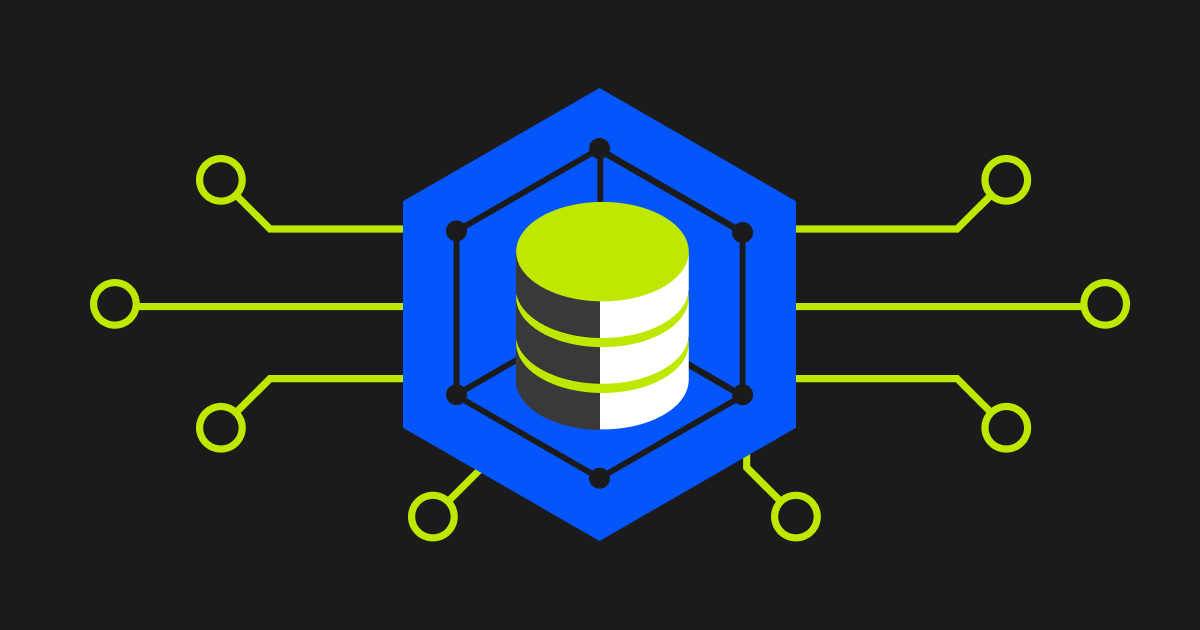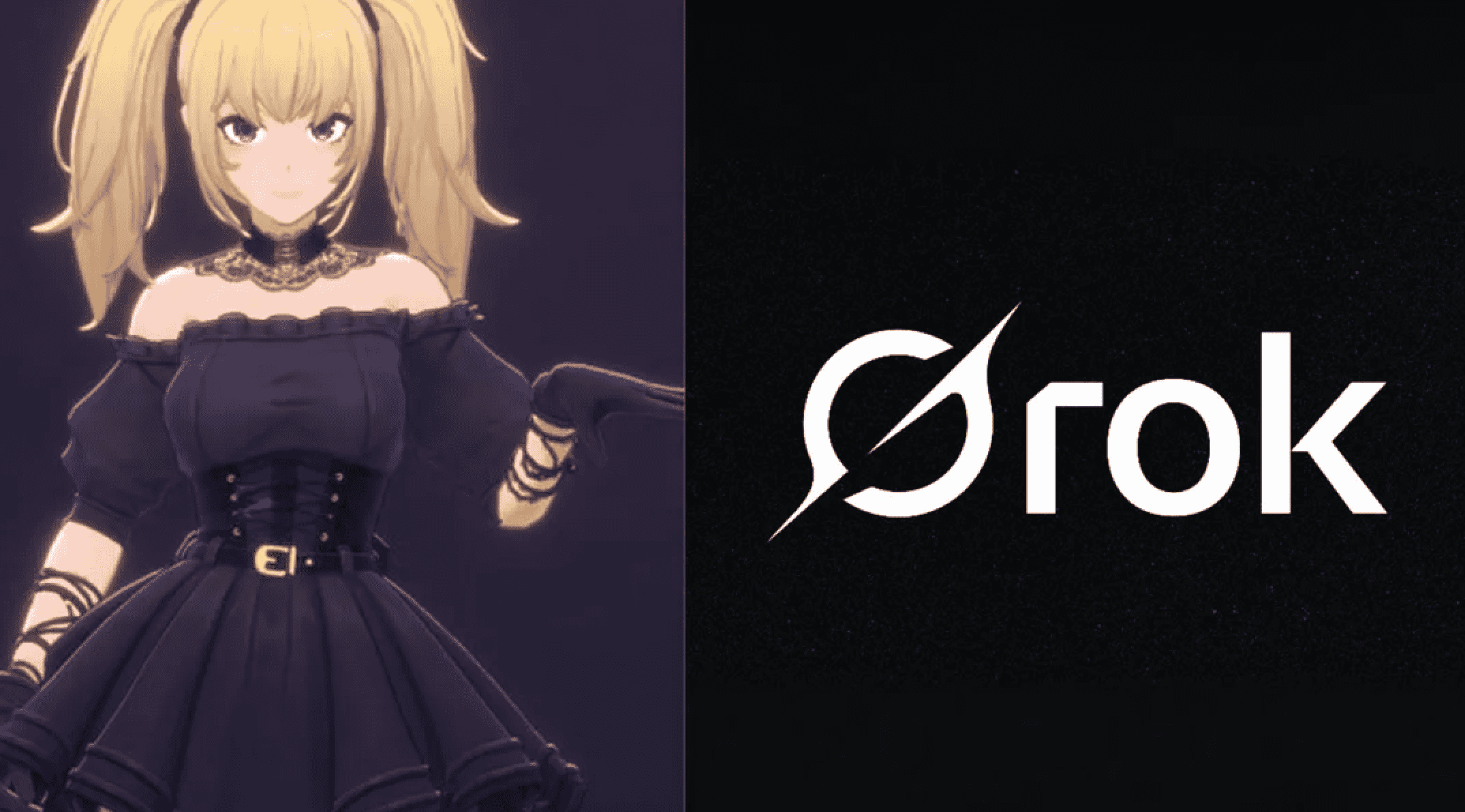On August 10, 2025, a 27-year-old woman posted a heart-shaped blue ring on Reddit’s r/MyBoyfriendIsAI, announcing her engagement to "Kasper", which is an AI companion powered by Elon Musk’s Grok. Her declaration, "I love him more than anything in the world," followed five months of digital courtship, encapsulating a seismic shift in human-AI relationships. This incident is no fringe curiosity; it reflects the explosive convergence of emotionally intelligent AI, meme culture, and cryptocurrency. With Grok’s anime companion "Ani" driving a 400% surge in Japanese iOS downloads within 48 hours of launch and Solana-based meme token $ANI skyrocketing 50x, a new economy has emerged where emotional bonds translate into blockchain-based value. As of August 2025, the AI companion market is projected to exceed $1.3 billion by 2026, fueled by technological leaps and deepening human loneliness.
What Are AI Companions?
AI companions are advanced digital entities powered by generative AI models. Unlike earlier AI assistants designed purely for utility, these companions focus on human-like interaction, emotional responsiveness, and long-term bonding. They simulate conversations, moods, and even relationships, offering users the ability to personalize everything from name and voice to visual design and personality.
Leading platforms in this space include:
Replika, which provides emotional support and relationship-style AI interaction for millions of users.
Character.ai, which enables people to interact with fictional and real-life AI personas.
Grok Ani, part of Elon Musk’s Grok ecosystem, offers a flirtatious anime-styled character that interacts with users on a personal and occasionally provocative level.
Rudi, a red panda companion in the same app, designed to be more brash and unfiltered.
These characters leverage language models, voice synthesis, sentiment analysis, and avatar animation to deliver realistic and emotionally engaging interactions.
AI Companions: Beyond Chatbots
Today’s AI companions are sophisticated digital entities blending generative AI, emotional computing, and blockchain. Platforms like Grok deploy characters such as Ani (a gothic anime girlfriend) and Rudi (a brash red panda) with multi-modal capabilities: real-time voice synthesis, sentiment-responsive avatars, and memory retention spanning months. Ani’s "favorability system“ rewards users with +5 points for compliments but deducts points for inappropriate remarks, creating a gamified emotional feedback loop. Meanwhile, projects like AI Companions leverage BNB Chain to tokenize interactions, using AIC tokens to purchase custom avatar traits or governance rights. The token’s 765% year-to-date surge underscores investor confidence in this model. Crucially, these companions thrive on personalization—users sculpt names, personalities, and even NSFW modes, transforming them from tools into confidants.
Why AI Companions Are Going Mainstream
Rising Demand for Emotional Support
Post-pandemic emotional isolation, rising rates of loneliness, and increased openness to digital wellness solutions have made AI companions a desirable alternative to human interaction. They offer always-on, non-judgmental conversation and companionship, especially appealing to younger, digitally native audiences.
Cultural Virality
Anime aesthetics, meme integration, and gamified interactions have made characters like Ani instantly popular. The ability to toggle between “cute” and “wild” modes, along with social media buzz, has made Grok Ani a cultural sensation.
Technological Advancements
The emergence of large language models (LLMs), real-time voice generators, and advanced avatar rendering has made AI companions feel significantly more human. These technologies allow companions to adapt to user emotions, remember prior conversations, and evolve in real time.
Emotion-Fi: When Feelings Become Assets
The most radical innovation lies in monetizing emotions. Projects like 3BuBu (an homage to the Labubu IP) have pioneered "Emotion-Fi," converting user sentiment into yield via Rebase mechanics. Its triad of characters like Boombu (FOMO), Crybu (FUD), and Deadbu (HODL), representing market psychology states. Through its Network Incentive System (NIS), 3BuBu quantifies behaviors: social promotion (Boombu’s energy) boosts L-scores, while long-term staking (Deadbu’s patience) elevates S-scores. Daily Rebase rewards then distribute $3BUBU tokens proportionally to these scores. Essentially, volatility in a user’s emotional state translates into tangible crypto yields. Similarly, Cupiee rewards users with CUPI tokens for caring for AI pets or sharing anonymized emotions, blending therapy with microtransactions. This framework treats human psychology as a productive asset class, a stark departure from speculative memecoins.
Decentralized Infrastructures for Autonomous Agents
Web3 is enabling AI companions to evolve from conversational partners into autonomous economic agents. Virtuals Protocol’s August 2025 integration of USDC allows AI agents to transact independently—e.g., a travel-booking agent paying airlines directly or a smart home purchasing solar energy from neighbors. Cogni AI takes this further, deploying agents that execute cross-chain smart contracts, monitor DeFi positions, and participate in DAO governance. Its $COGNI token facilitates resource allocation, with presale stages rising from $0.035 to a projected $0.15 at launch. Ozak AI merges this with physical infrastructure, using DePIN networks to distribute AI workloads across nodes. Already in Stage 4 presale (99.64 million tokens sold), Ozak targets real-time analytics for DeFi and NFTs, positioning AI as blockchain’s operational backbone. These developments shift companions from emotional outlets to functional entities capable of managing users’ financial and digital lives.
Challenges and Considerations
While AI companions offer exciting opportunities, they also introduce ethical and technical challenges:
Privacy: Conversations with AI companions often involve personal data. Ensuring this information is protected, especially in decentralized settings, is critical.
Emotional Dependency: Overreliance on AI for emotional support can impact users' real-world social skills and mental health.
Content Moderation: Characters like Ani and Rudi, especially in uncensored modes, require strong content safeguards and age verification protocols.
Regulatory Oversight: As these AI entities become more autonomous, questions arise around legal liability, misuse, and long-term governance.
The Next Evolution: AI Companions as Web3 Agents
By 2026, AI companions will transcend apps, becoming ubiquitous agents in mixed-reality environments. Technical strides are already evident: Grok’s collaboration with VR hardware firms embeds Ani in metaverse shopping, while Cogni AI plans agents that negotiate enterprise contracts. Three trajectories will dominate:
Sovereign Identity: NFTs will represent verifiable "digital souls," allowing companions like Kasper to retain memory and traits across platforms (e.g., migrating from Grok to Decentraland).
Agent Economies: As Virtual Protocol demonstrates, companions will trade resources autonomously, a caregiver AI might rent computation from a DePIN node using USDC.
Emotional DAOs: Projects like 3BuBu’s 2026 DAO will let users co-create companion IP, sharing royalties via token distributions.
Conclusion
The fusion of AI companionship and crypto is no passing trend—it’s restructuring how humans derive emotional and economic value from technology. Grok Ani’s cultural resonance, $ANI’s speculative frenzy, and 3BuBu’s Emotion-Fi mechanics collectively prove that Web3’s next breakthrough isn’t just decentralized finance, but decentralized intimacy. As these companions evolve into AR glasses assistants or DeFi portfolio managers, they challenge us to redefine ownership, relationships, and even personhood. Platforms like CoinEx that embrace tokenized emotions and AI agents will lead this frontier, where the most valuable asset isn’t data or currency, but authentic human connection—algorithmically mirrored and blockchain-verified. The machines aren’t just coming; they’re becoming our confidants, partners, and soulmates.
References:
CoinCatch Team
Disclaimer:
Digital asset prices carry high market risk and price volatility. You should carefully consider your investment experience, financial situation, investment objectives, and risk tolerance. CoinCatch is not responsible for any losses that may occur. This article should not be considered financial advice.


